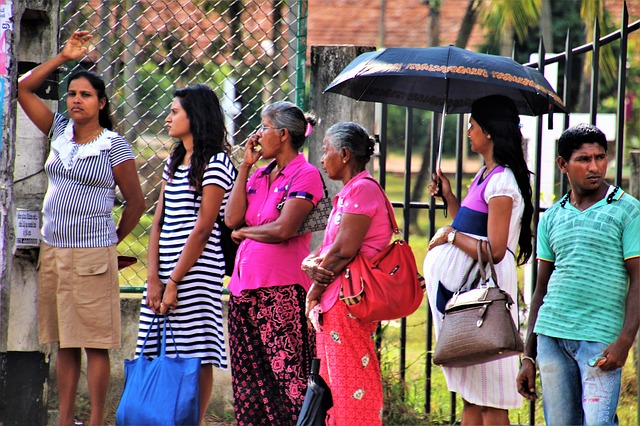KUALA LUMPUR, Sept 20 — UN figures related to the number of women dying in pregnancy and childbirth recently released show that global targets to cut maternal deaths by 2030 will fail to be met.
In an announcement yesterday, the United Nations indicated that compared to the turn of the century when 451,000 women died due to such complications, in 2017 that number came down to an estimated 295,000. Compared to the year 2000 when the global maternal mortality ratio (MMR) was 342 deaths per 100,000 live births, it is now 211.
Despite this being an improvement, the very slow rate of change means that the UN Sustainable Development Goal (SDGs) target of no more than 70 deaths per 100,000 live births by 2030, would not be met.
“The world will fall short of this target by more than one million lives if the current pace of progress continues,” said Unicef and the World Health Organization (WHO) in a statement.
Reasons for this include lack of political commitment, economic hardship, poverty, and inadequate and inaccessible healthcare services.
South Asia has made the biggest progress with nearly 60 per cent MMR reduction since 2000. India and Nigeria made up a third of global maternal deaths in 2017.
However, in 10 of the countries with the highest MMR such as South Sudan, Sierra Leone, Nigeria, Central African Republic, Somalia, Afghanistan, progress has either slowed or stagnated.
In the US, maternal deaths have actually increased from 12 per 100,000 live births in 2000 to 19 in 2017.
The data released by the United Nations is based on data collated from countries with populations of more than 100,000.








